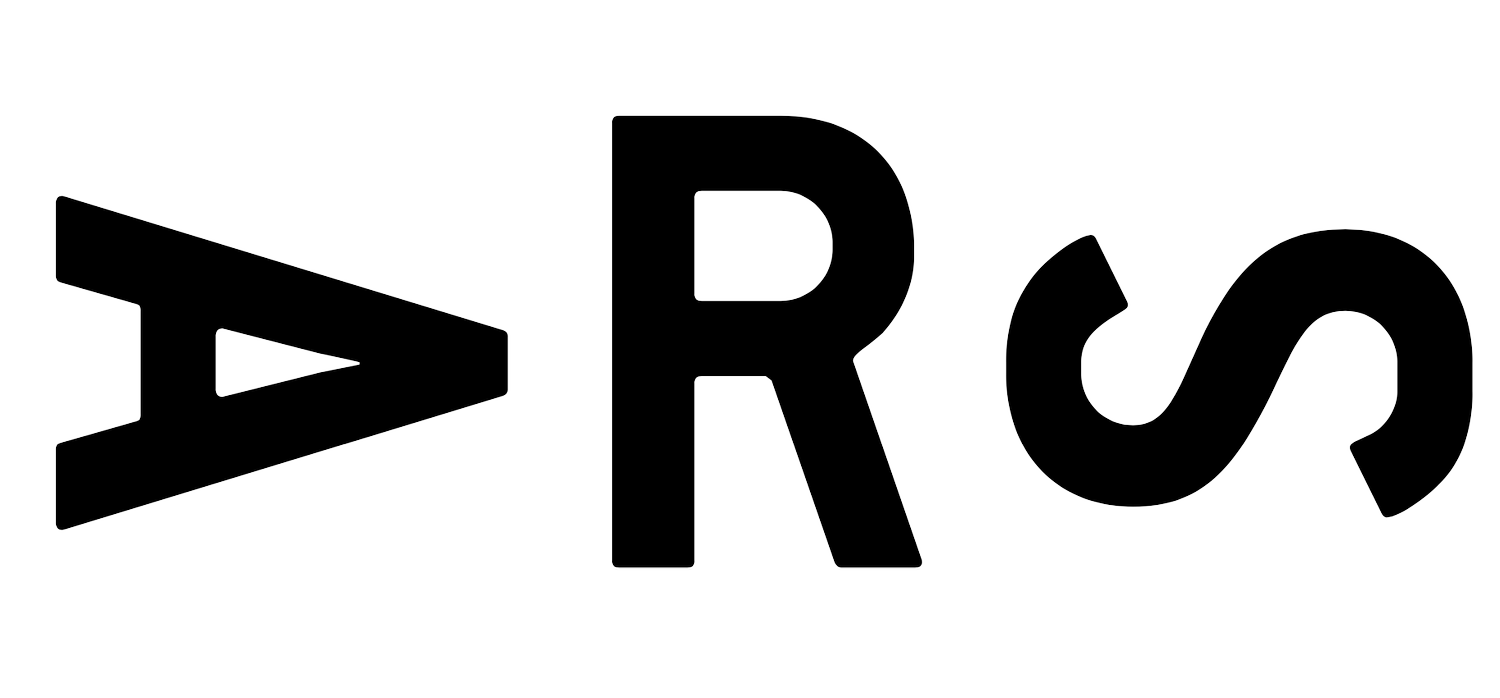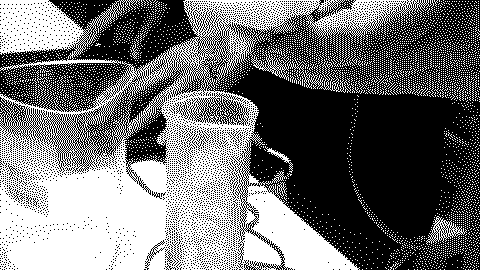ARS-1
〰️
ARS-1 〰️
ARS-1
Hyper-personalisation Machine
Origin
ARS-1 originated from my fascination with how ideas and cultures transform everyday objects into meaningful and powerful artefacts that are worshipped, carried for luck, or used for healing. I was particularly keen on exploring the possibility and implications of intentionally applying this process in a contemporary setting. Initially, I named this process hyper-personalisation, but looking back, "meaning-edification" seems more fitting.
Early Experiments
I initially focused on shape and material, experimenting with machining rocks and semi-precious stones. At that time, it appeared that the ability to manufacture any shape from any material would be crucial to the meaning-edification concept, but I struggled to bridge the gap between form-giving and meaning-edification. There was something elusive, yet obvious, and my observations suggested that the experience was key. My hypothesis was that objects don’t become meaningful independently; they need to be linked with an idea or memory carrying personal significance.
Aguas de Tiempo
My breakthrough came when I discovered writings about traditional Mexican medicine and learned about the tradition of “aguas de tiempo,” which are remedies made from infusions of seeds, flowers, bark, or leaves from various plants. Suddenly, everything clicked into place. These elements were easy to combine, and they served a purpose: to remedy ailments.
Tinctures
The solution for creating aguas de tiempo was introduced by Hamish Anderson, a journalist and chef who taught me how to make tinctures from scratch. Tinctures are highly concentrated, alcohol-based infusions. The process involves selecting fresh specimens, drying them, soaking them in spirits, and then allowing them to rest for weeks.
The Contraption
I conceptualised a device that would profile taste and create “aguas de tiempo.” The diagnostic process was based on a scent test, premised on the idea that people crave things their bodies lack. This contraption involved users smelling samples, using a physical slider to rank them, and then creating a recommended mix of concoctions based on the input provided. This iterative process was designed to refine its recommendations, one user at a time.
Commissioning Work
I assembled a diverse team for project development. APRDELESP, an architecture studio, handled the physical interface. The recommendation system was commissioned to Samuel Pozaicer, experienced in systems architecture, with electronics entrusted to Yair Bautista, an expert from the Institute for Advanced Engineering at UNAM. The machine's identity and graphic design were commissioned to "La, ya Clásica, Pesca al Curricán", a studio led by Manuel Bueno.
A launch waiting to happen
The ARS-1 was to be unveiled at OFFF Mexico but was postponed as I left for MA studies in the UK. The future of the "aguas del tiempo" hyper-personalisation machine has been on hold, awaiting an opportunity.











